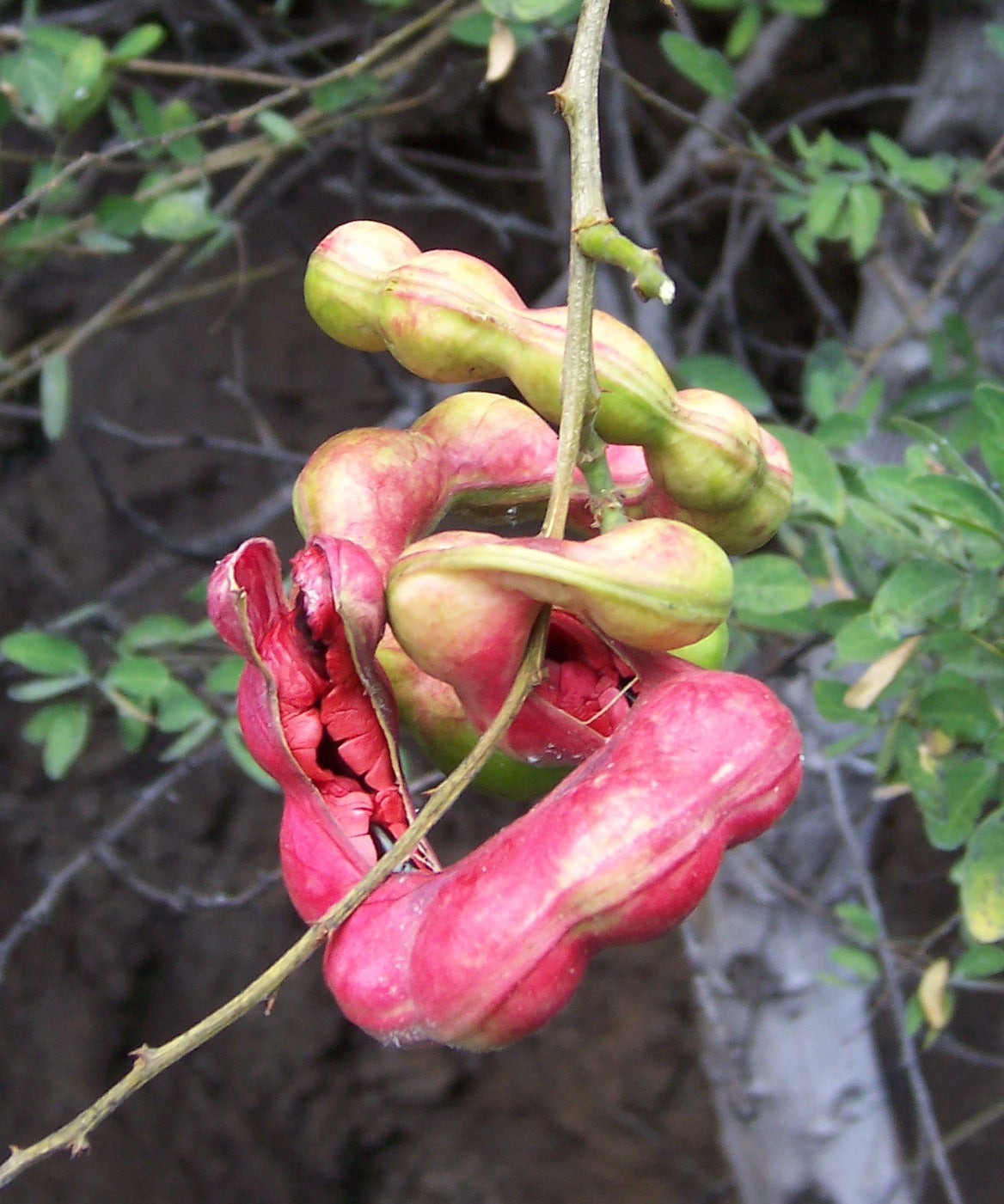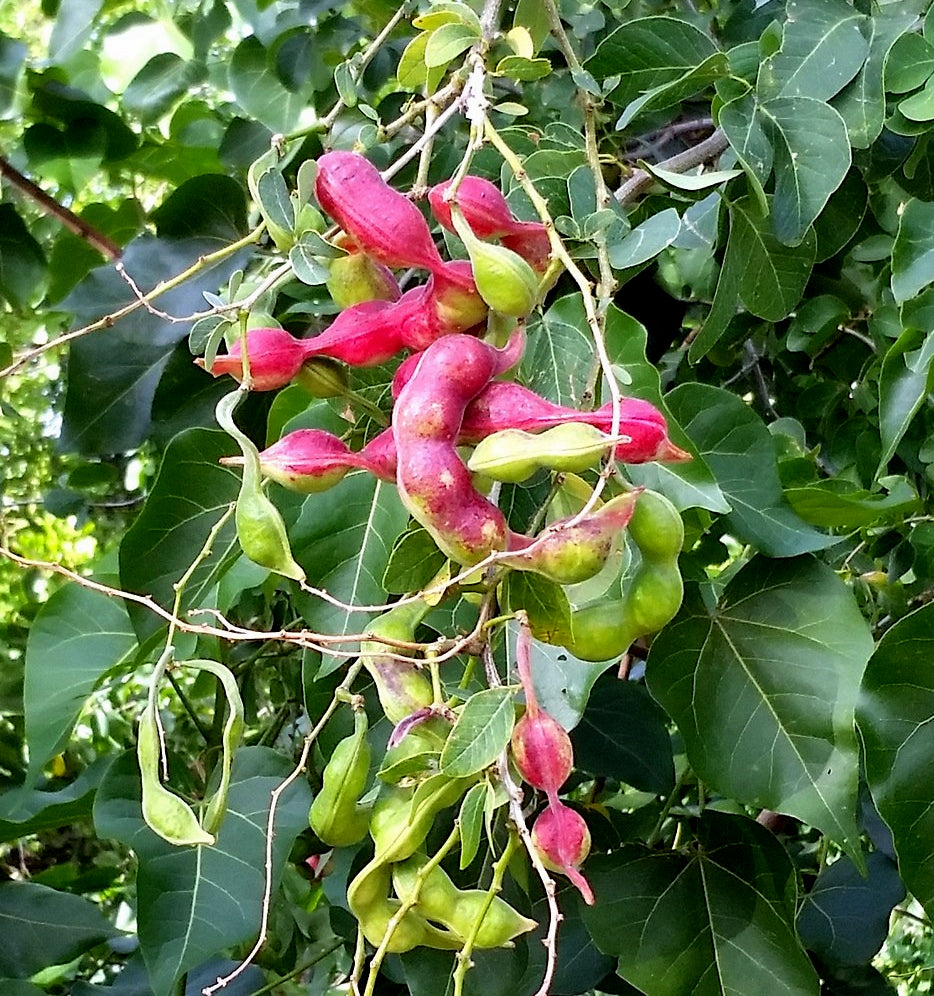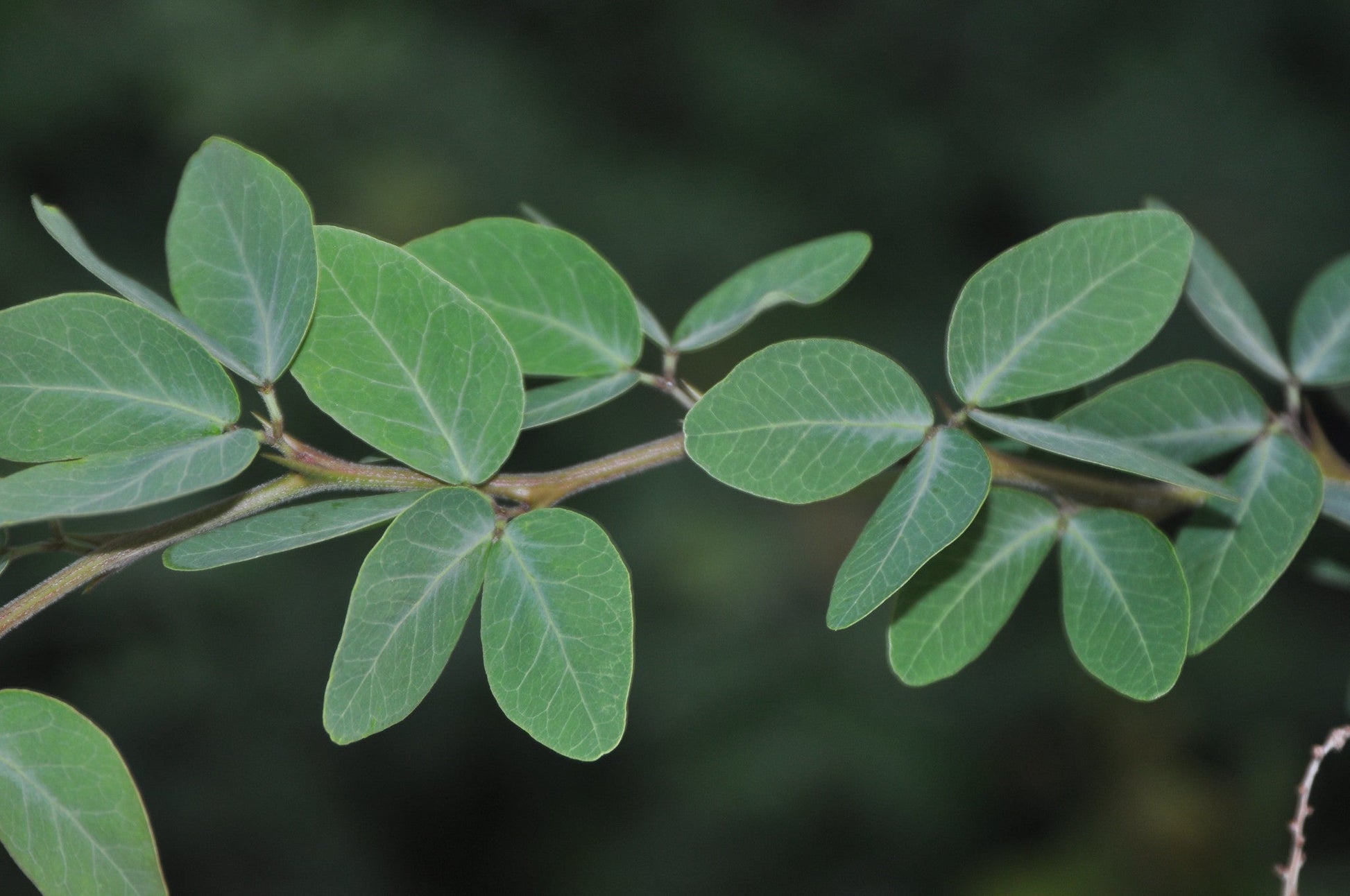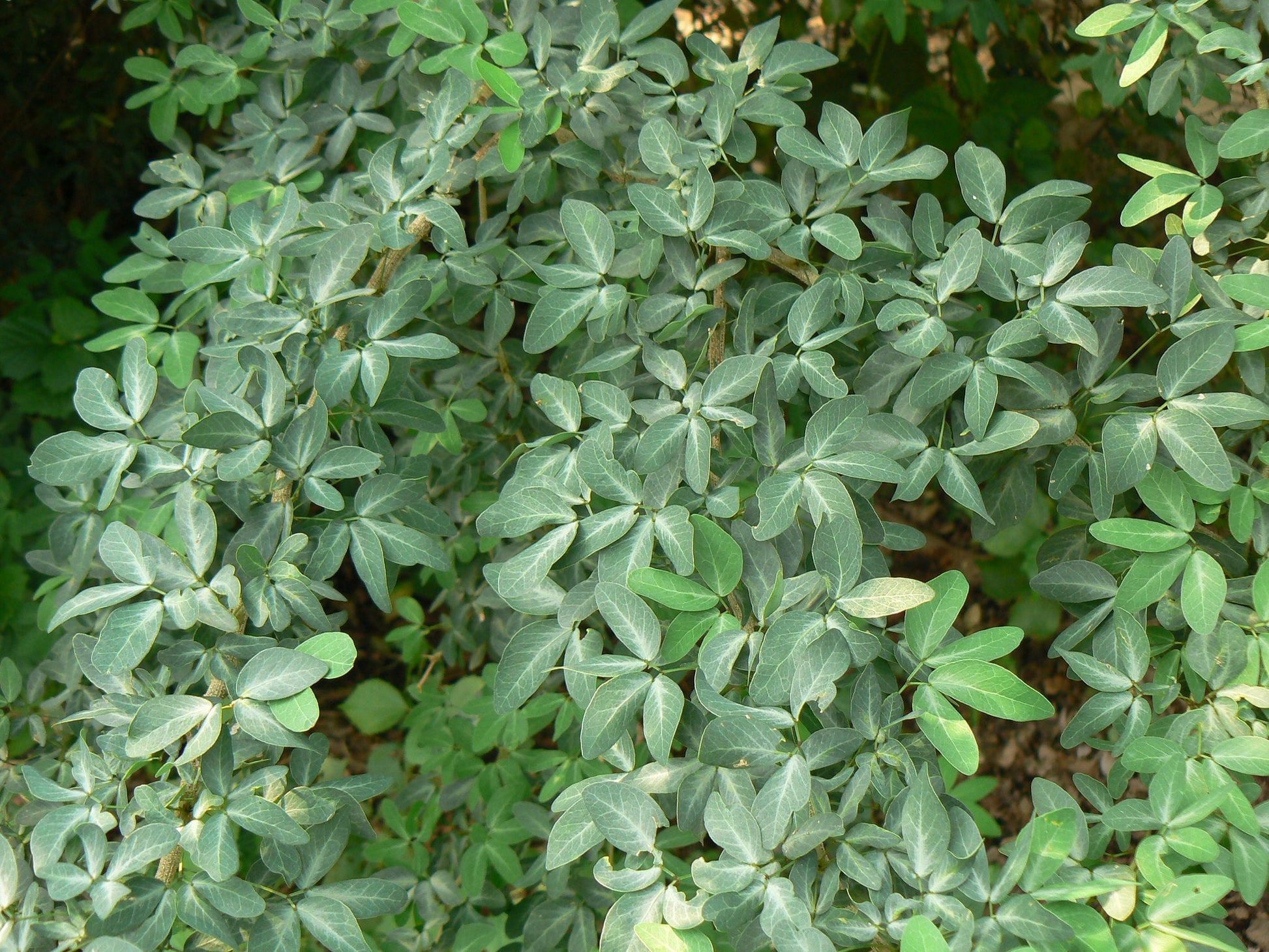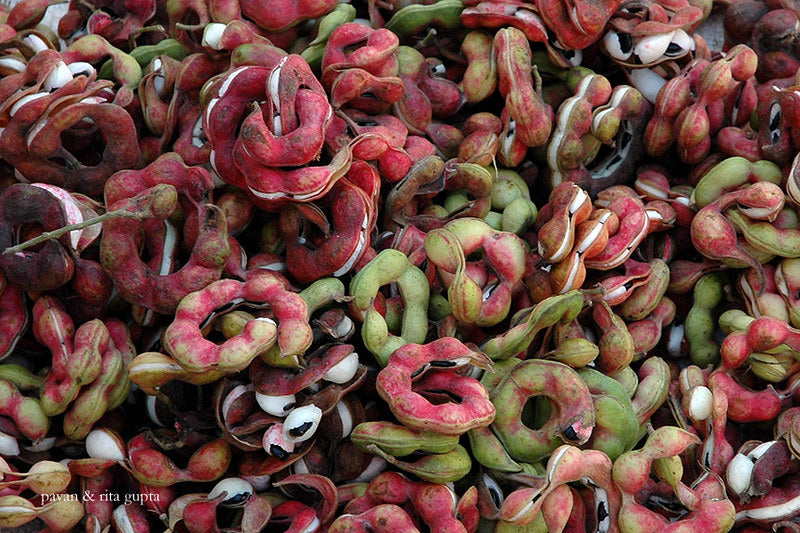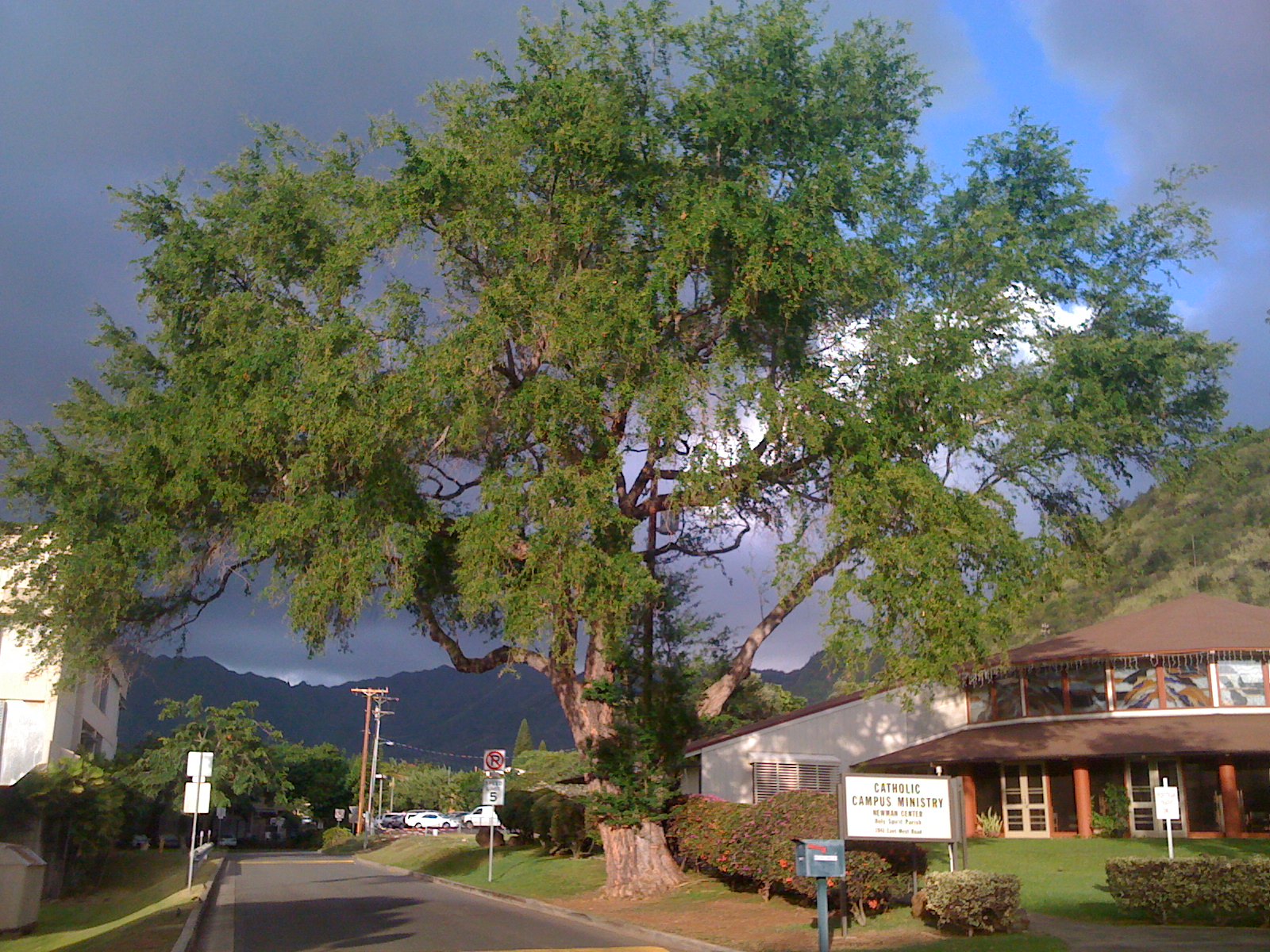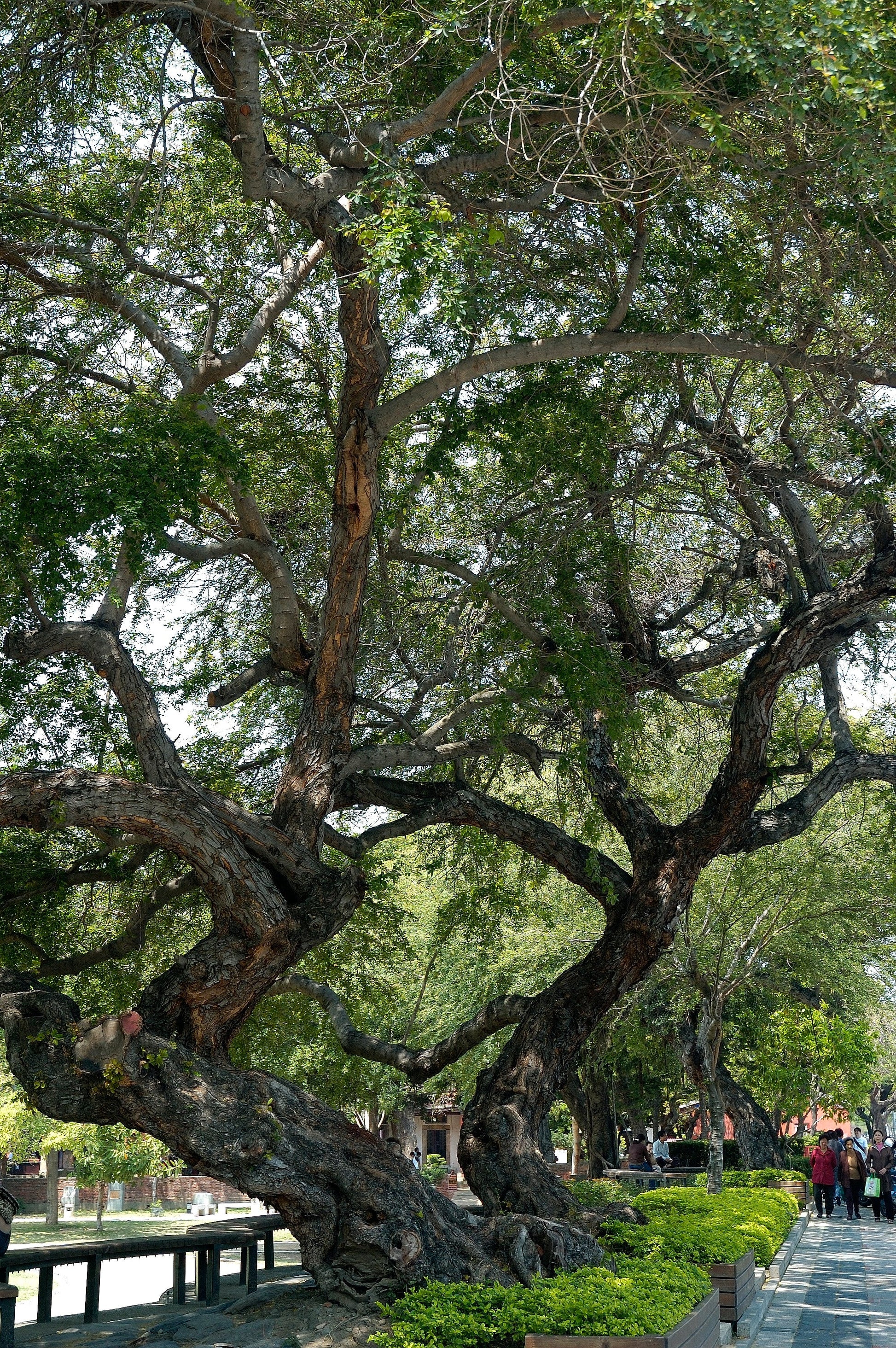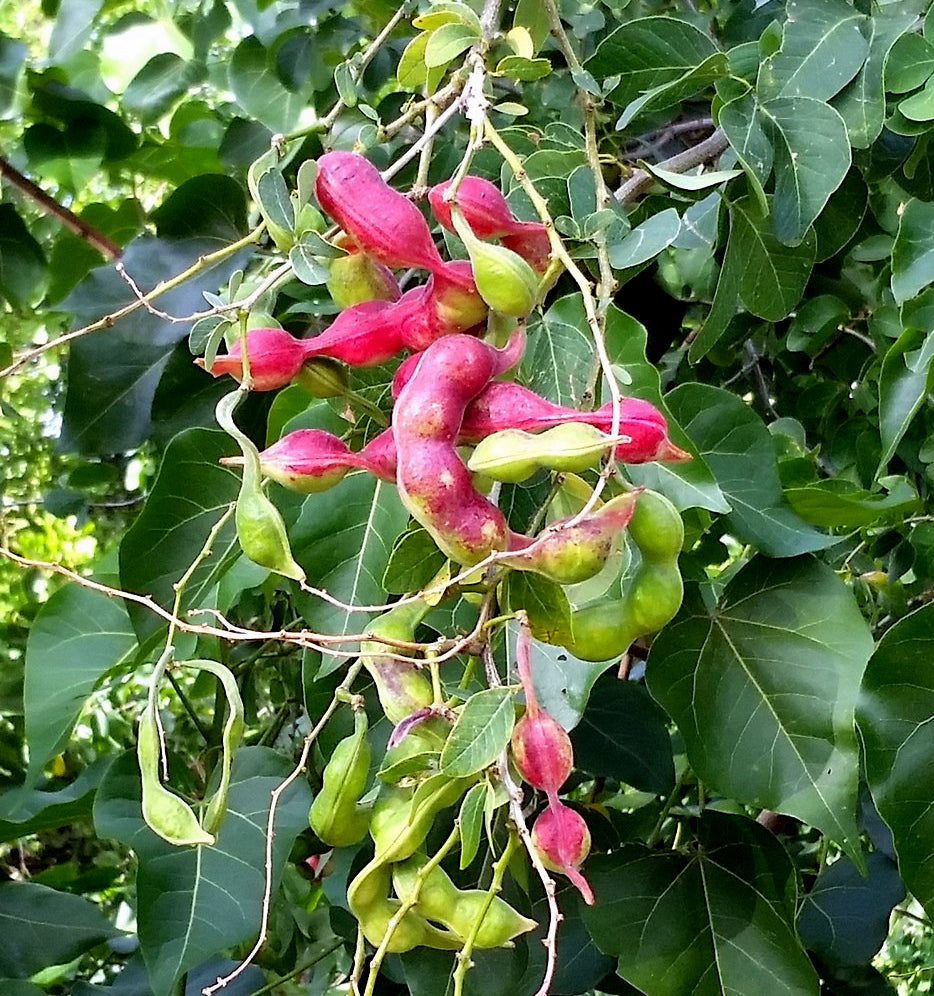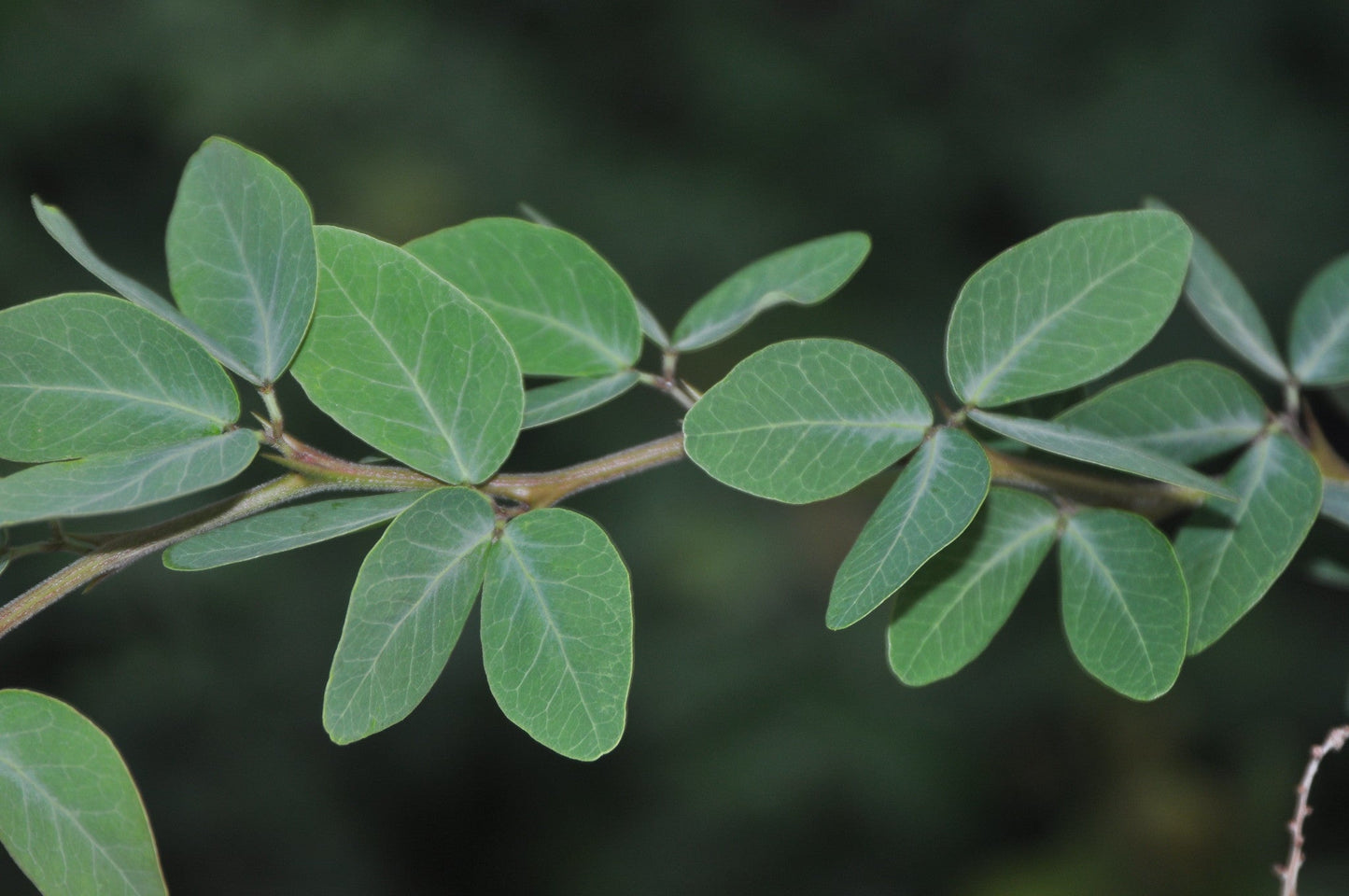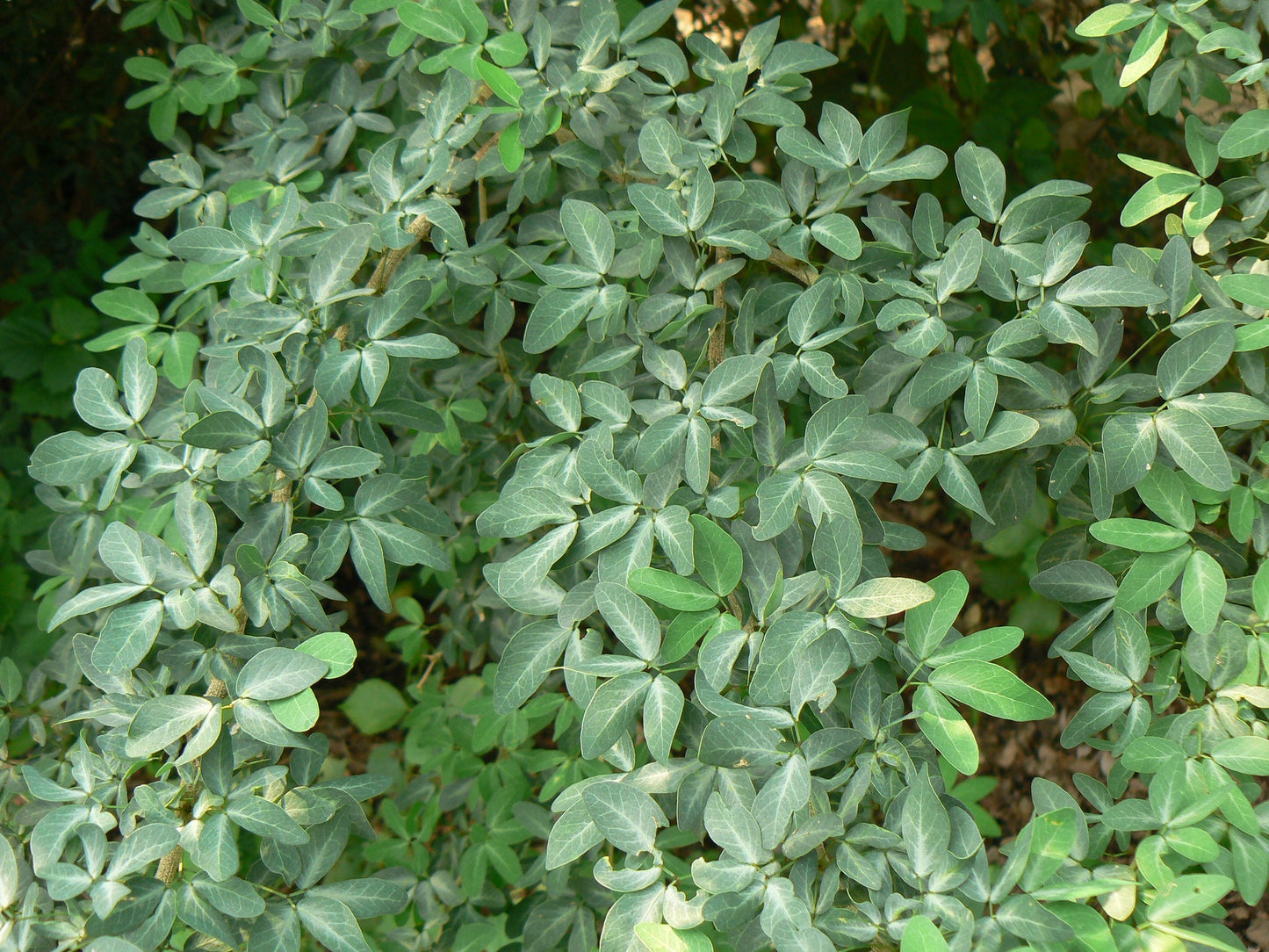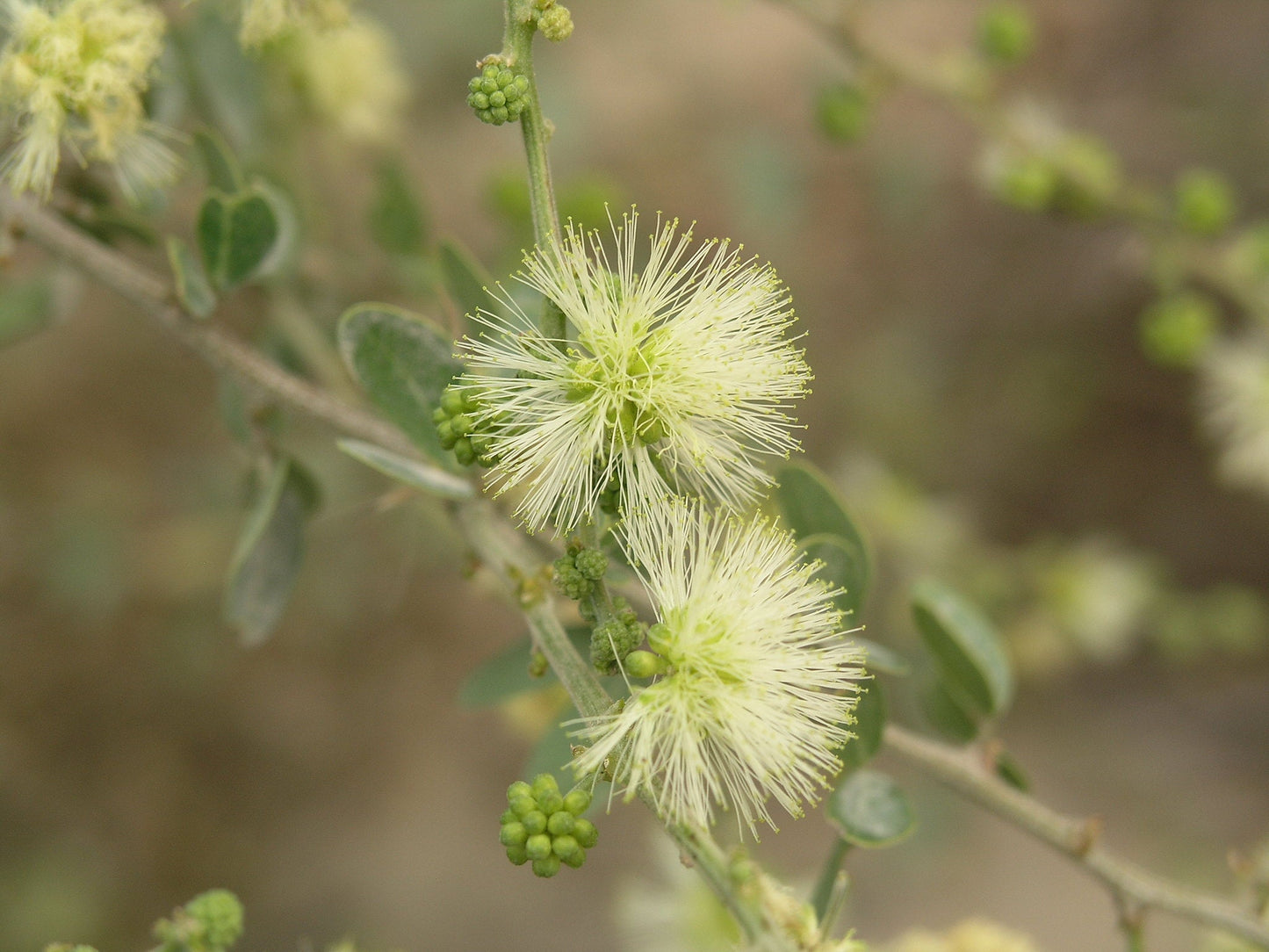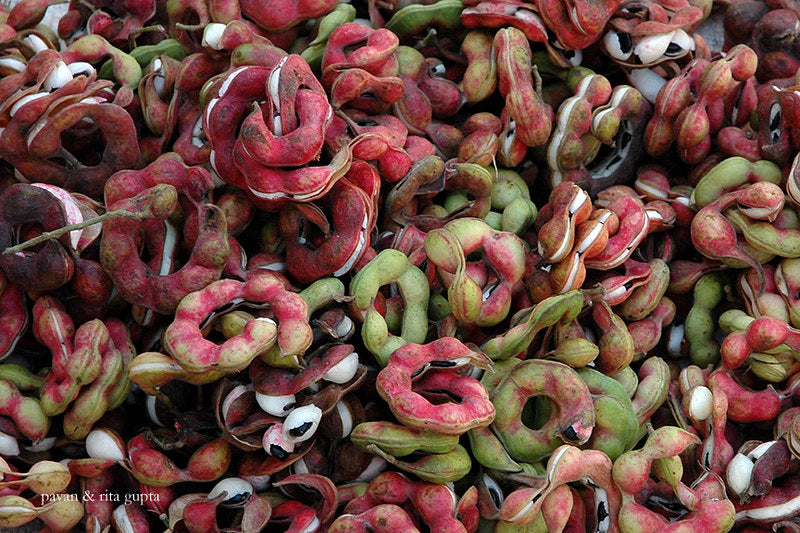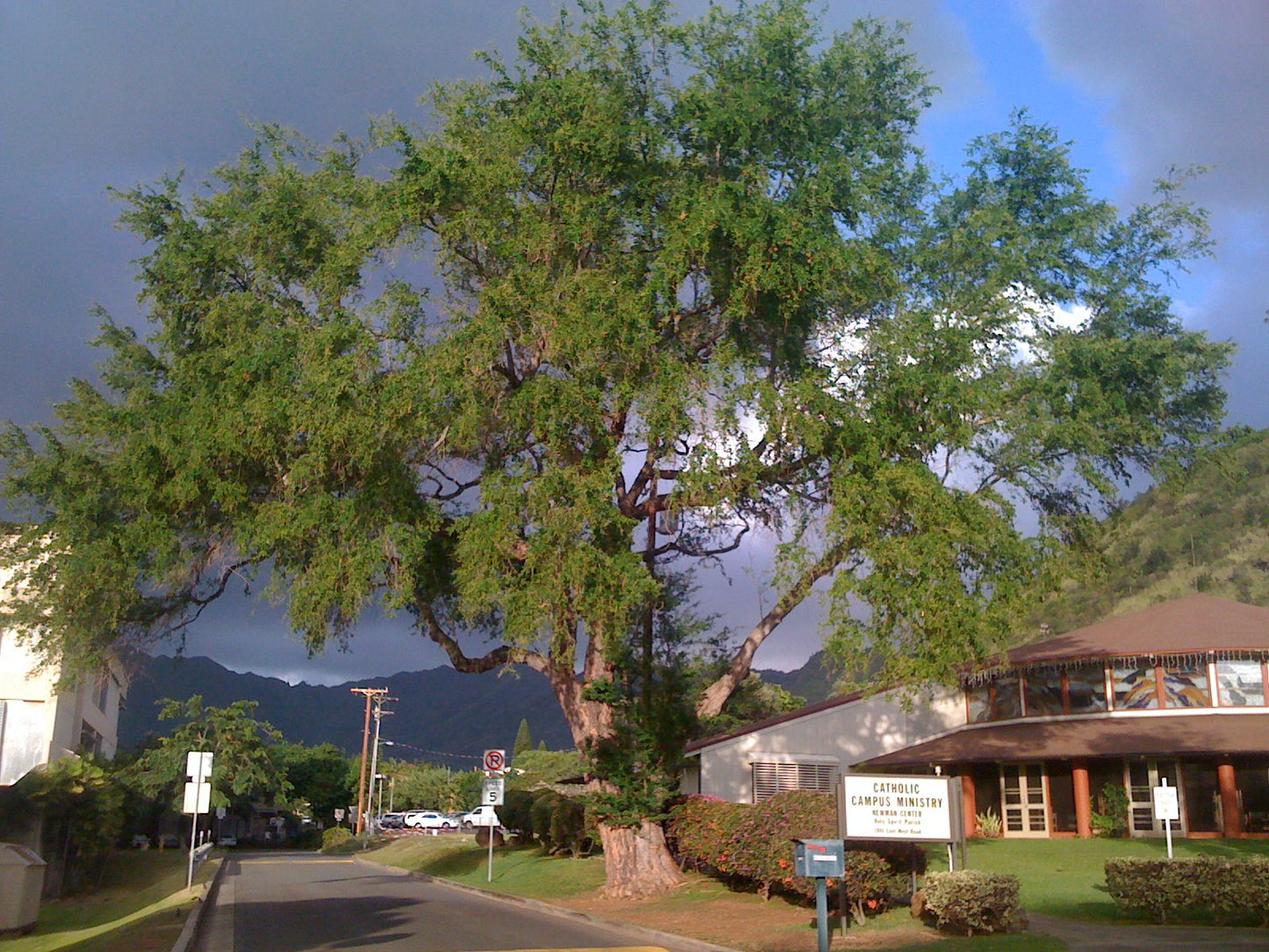Floridaseeds
Manila Tamarind 10 Seeds Pithecellobium dulce
Manila Tamarind 10 Seeds Pithecellobium dulce
Couldn't load pickup availability
Pithecellobium dulce, commonly known as Manila tamarind or Madras thorn, is a tropical tree species native to Mexico, Central America, and parts of South America. Here's a description of its key features:
Size and Shape: Pithecellobium dulce is a medium-sized tree that can grow up to 15-20 meters (50-65 feet) in height. It has a spreading canopy with a rounded or umbrella-like shape.
Leaves: The leaves of Pithecellobium dulce are compound and alternate, composed of numerous small leaflets arranged along a central stalk (rachis). Each leaflet is oblong or elliptical in shape, with a smooth margin and a glossy green surface.
Flowers: The tree produces small, fragrant flowers that are creamy white or pale yellow in color. The flowers are borne in dense clusters and have long, protruding stamens, giving them a somewhat fluffy appearance.
Fruit: The fruit of Pithecellobium dulce is a pod-like structure that resembles a flattened bean. When mature, the pods turn from green to brown and split open to reveal sweet, sticky pulp surrounding the seeds. The pulp is edible and has a sweet-tart flavor, reminiscent of tamarind, hence the common name "Manila tamarind."
Bark: The bark of Pithecellobium dulce is smooth and grayish-brown when young, becoming rougher and darker with age. It may develop shallow fissures and ridges as the tree matures.
Habitat: Manila tamarind trees thrive in tropical and subtropical climates, where they can be found growing in a variety of habitats, including coastal regions, savannas, and disturbed areas. They prefer well-drained soils and full sun but can tolerate some shade.
Cultural Uses: In addition to its edible fruit, various parts of the Pithecellobium dulce tree have been used in traditional medicine and as a source of timber and tannins. The wood is durable and has been used for making furniture, tools, and construction materials.
Landscaping: Pithecellobium dulce is sometimes planted as an ornamental tree in tropical and subtropical gardens and landscapes for its attractive foliage, fragrant flowers, and edible fruit. It is also valued for its ability to provide shade and withstand dry conditions once established.
Growing Instructions
- Soak the seed in water for several hours.
- The seeds like moist, well-drained soil. Prepare a mixture of half potting soil and half sand, perlite or vermiculite. Put the soil in a pot. Water the mixture so that it is moist but not wet.
- Put the seeds on the soil.
- Cover the seeds with a thin layer of soil.
- Water the seeds.
- Place the pots in an area with warm temperatures in full sun or part shade.
- When the seedlings are a few inches tall, they can be transplanted.

